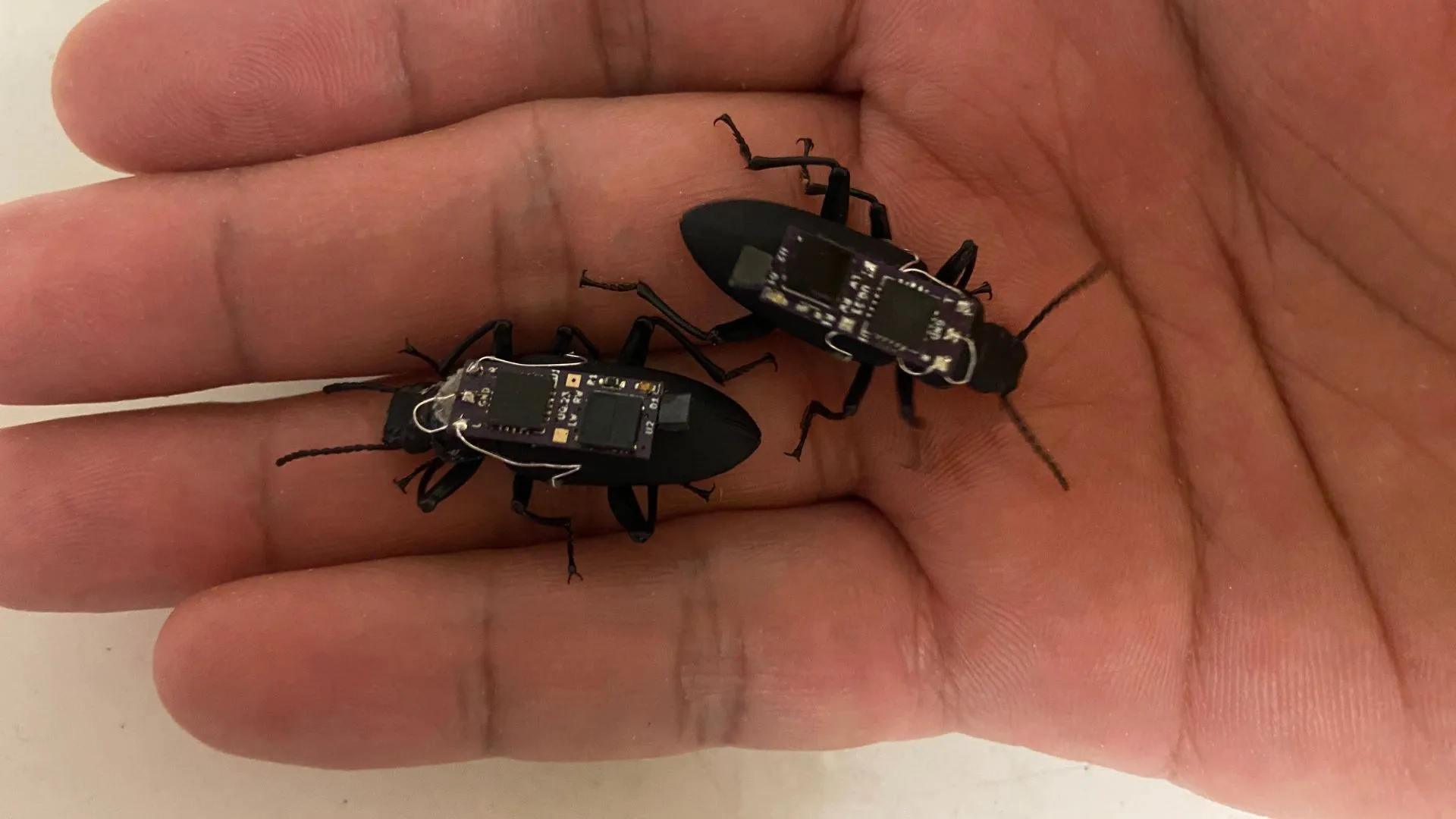Keywords:OpenAI Sora, AI video generation, Tiny Recursive Model, AI toys, AI chips, Sora 2 video recreation, TRM inference efficiency, AI toy market growth, AMD and OpenAI chip collaboration, AI content copyright disputes
🔥 Spotlight
The Rise and Challenges of OpenAI Sora App: OpenAI’s AI-generated video application, Sora, quickly gained popularity, topping the App Store. Its free, unlimited video generation capabilities have raised widespread concerns about operational costs, copyright infringement (especially regarding the use of existing IP and the likenesses of deceased celebrities), and the misuse of deepfake technology. Sam Altman acknowledged the need to consider monetization models and plans to offer more refined copyright controls. The app’s impact on the content creation ecosystem and the perception of reality has sparked discussions about whether AI-generated videos will surpass “real” videos. (Source: MIT Technology Review, rowancheung, fabianstelzer, nptacek, paul_cal, BlackHC)

Samsung Introduces Tiny Recursive Model (TRM) to Challenge LLM Inference Efficiency: Samsung has unveiled the Tiny Recursive Model (TRM), a small neural network with only 7 million parameters, which has performed exceptionally well in the ARC-AGI benchmark, even surpassing large LLMs like DeepSeek-R1 and Gemini 2.5 Pro. TRM employs a recursive reasoning approach, optimizing answers through multiple internal “thoughts” and self-criticism. This breakthrough has sparked discussions about whether “smaller models can be smarter” and suggests that architectural innovation might be more crucial than mere model scale for inference tasks, potentially significantly reducing the computational cost of SOTA inference. (Source: HuggingFace Daily Papers, fchollet, cloneofsimo, ecsquendor, clefourrier, AymericRoucher, ClementDelangue, Dorialexander)
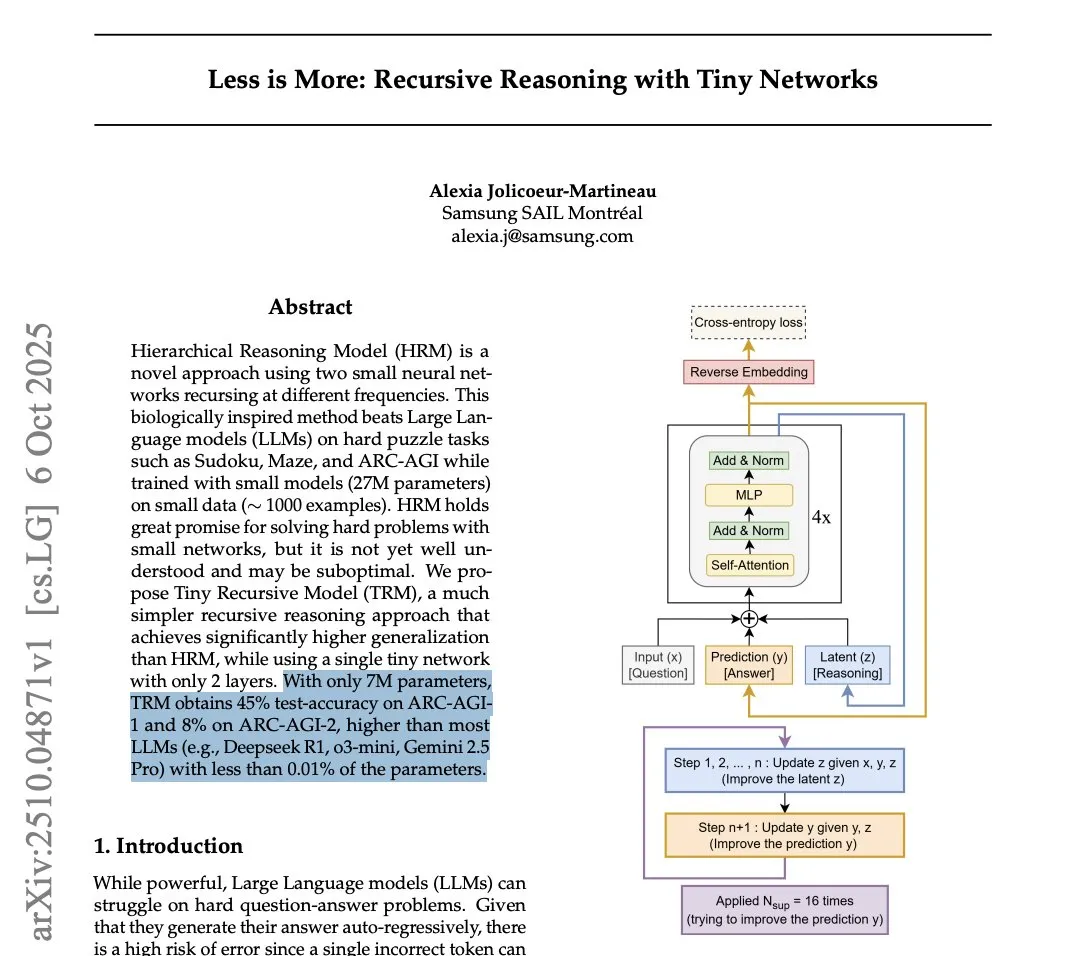
Tsinghua’s Yao Shunyu Leaves Anthropic for Google DeepMind, Citing Value Discrepancies: Yao Shunyu, a special scholarship recipient from Tsinghua University’s Department of Physics, announced his departure from Anthropic to join Google DeepMind as a Senior Research Scientist. He stated that 40% of his reason for leaving was “fundamental value disagreements” with Anthropic, believing the company was unfriendly towards Chinese researchers and employees with neutral stances. During his year at Anthropic, Yao Shunyu contributed to the reinforcement learning theory behind Claude 3.7 Sonnet and the Claude 4 series. He remarked that the AI field is developing at an astonishing pace, but it’s time for him to move forward. (Source: ZhihuFrontier, 量子位)

Arduino Acquired by Qualcomm, Signaling New Direction for Embedded AI: Arduino has been acquired by Qualcomm and has launched its first co-developed board, UNO Q, featuring the Qualcomm Dragonwing QRB2210 processor with integrated AI solutions. This marks Arduino’s shift from traditional low-power microcontrollers towards medium-power, AI-integrated edge computing. This move is expected to drive widespread adoption of AI in IoT and embedded devices, providing developers with more powerful AI computing capabilities and heralds a new era for the embedded AI hardware ecosystem. (Source: karminski3)
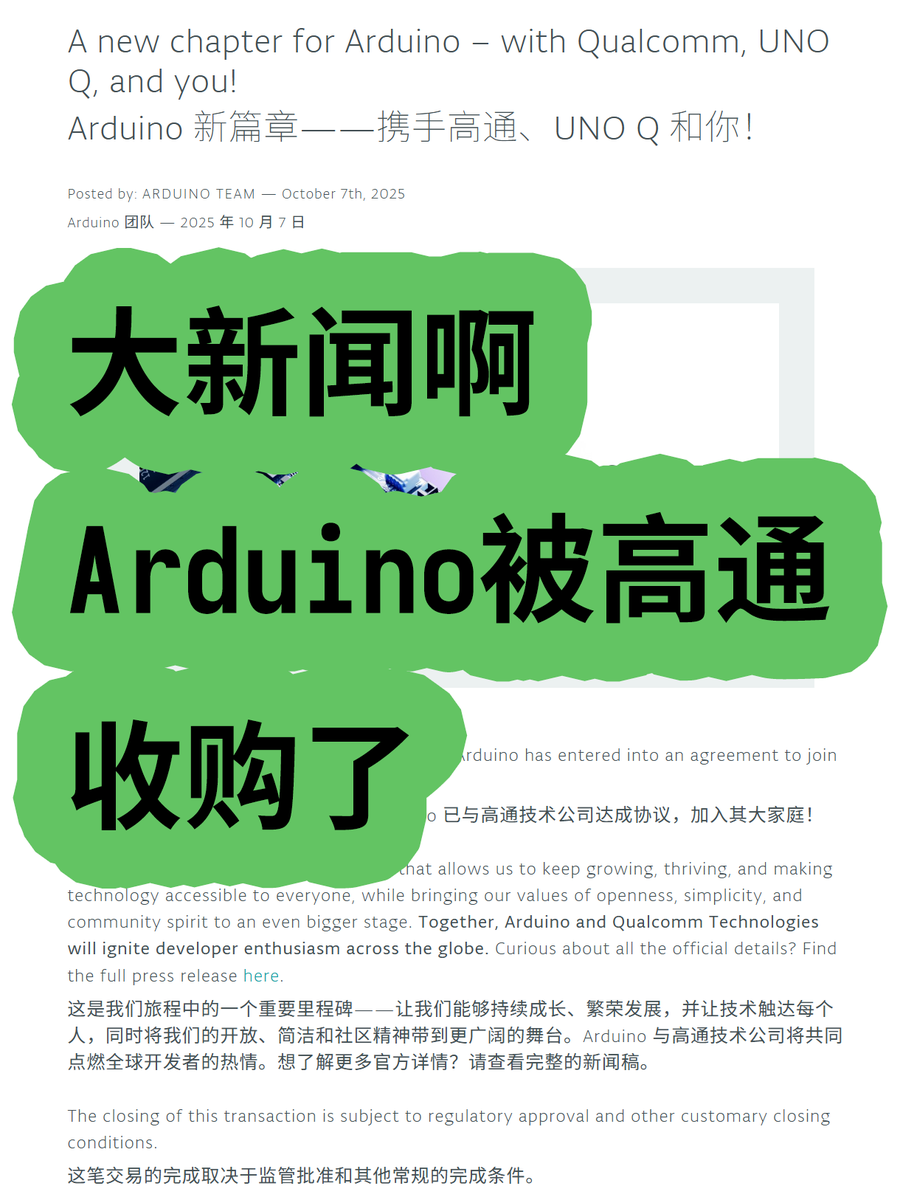
Meta Superintelligence Releases REFRAG: A New Breakthrough in RAG Efficiency: Meta Superintelligence has published its first paper, REFRAG, introducing a novel RAG (Retrieval Augmented Generation) method designed to significantly boost efficiency. This method converts most retrieved document chunks into compact, LLM-friendly “chunk embeddings” for direct LLM consumption, and uses a lightweight strategy to expand some chunk embeddings back into full tokens on demand within a budget. This significantly reduces KV cache and attention costs, accelerates time-to-first-byte latency and throughput, while maintaining accuracy, paving new ways for real-time RAG applications. (Source: Reddit r/deeplearning, Reddit r/LocalLLaMA)

🎯 Trends
xAI Secures $20 Billion in Funding, NVIDIA Invests $2 Billion: Elon Musk’s xAI company has successfully completed a $20 billion funding round, including a direct investment of $2 billion from NVIDIA. These funds will be channeled through a Special Purpose Vehicle (SPV) to procure NVIDIA GPUs, supporting the construction of its Memphis Colossus 2 data center. This unique financing structure aims to provide hardware assurance for xAI’s large-scale expansion in AI computing, further intensifying competition in the AI chip market. (Source: scaling01)
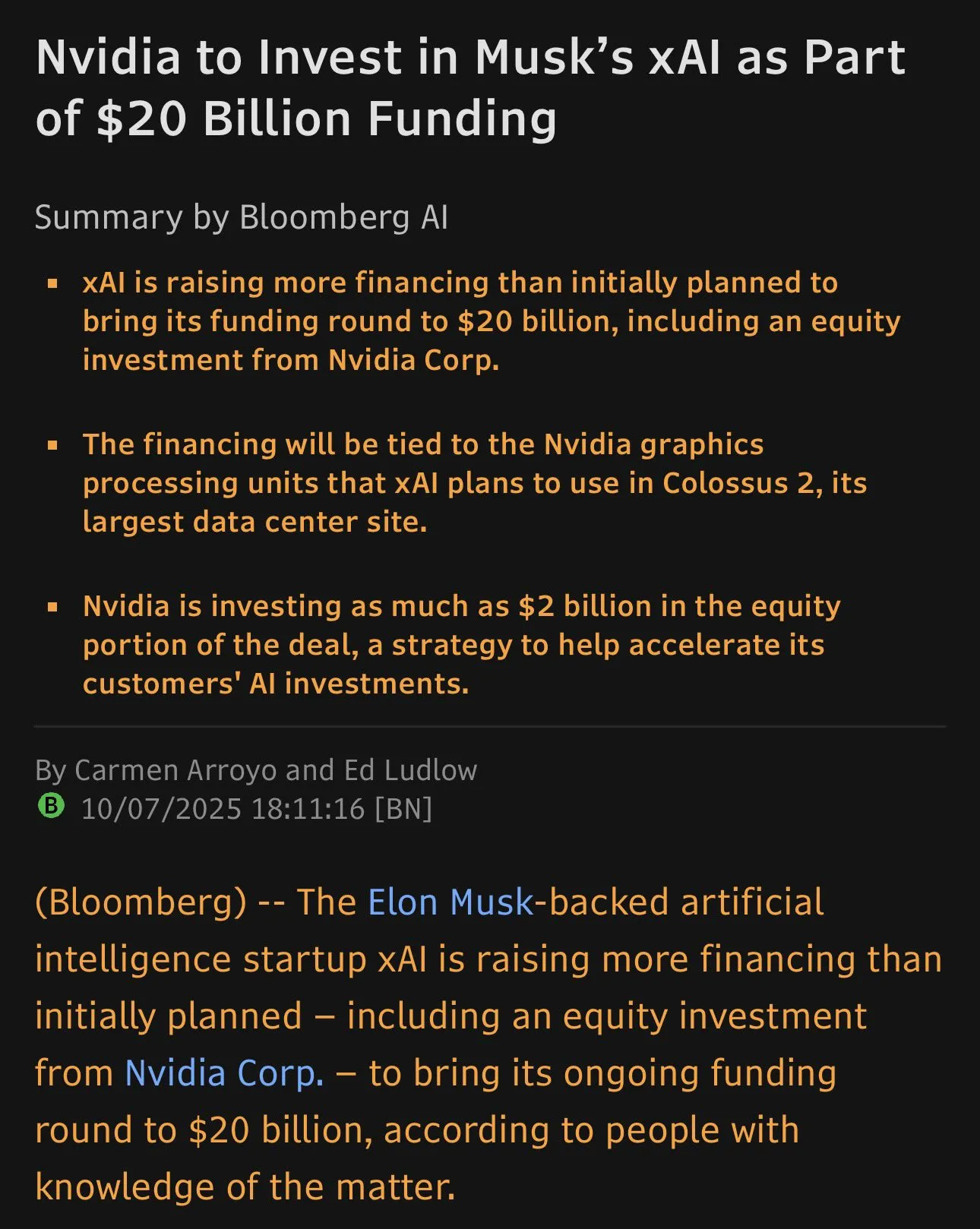
AI Toys Emerge in Chinese and US Markets: AI toys equipped with chatbots and voice assistants are becoming a new trend, growing rapidly in the Chinese market and expanding to international markets like the US. Products from companies like BubblePal and FoloToy aim to reduce children’s screen time. However, parents report that AI features are sometimes unstable, with lengthy responses or delayed voice recognition, leading to decreased child interest. US companies like Mattel are also collaborating with OpenAI to develop AI toys. (Source: MIT Technology Review)

Microsoft Launches Unified Open-Source Agent Framework, Integrating AutoGen and Semantic Kernel: Microsoft has released the Agent Framework, a unified open-source SDK designed to integrate AutoGen and Semantic Kernel for building enterprise-grade multi-agent AI systems. Supported by Azure AI Foundry, the framework simplifies orchestration and observability and is compatible with various APIs. It introduces a private preview for multi-agent workflows, cross-framework tracing with OpenTelemetry, real-time voice agent capabilities with the Voice Live API, and responsible AI tools, aiming to enhance the safety and efficiency of agent systems. (Source: TheTuringPost)
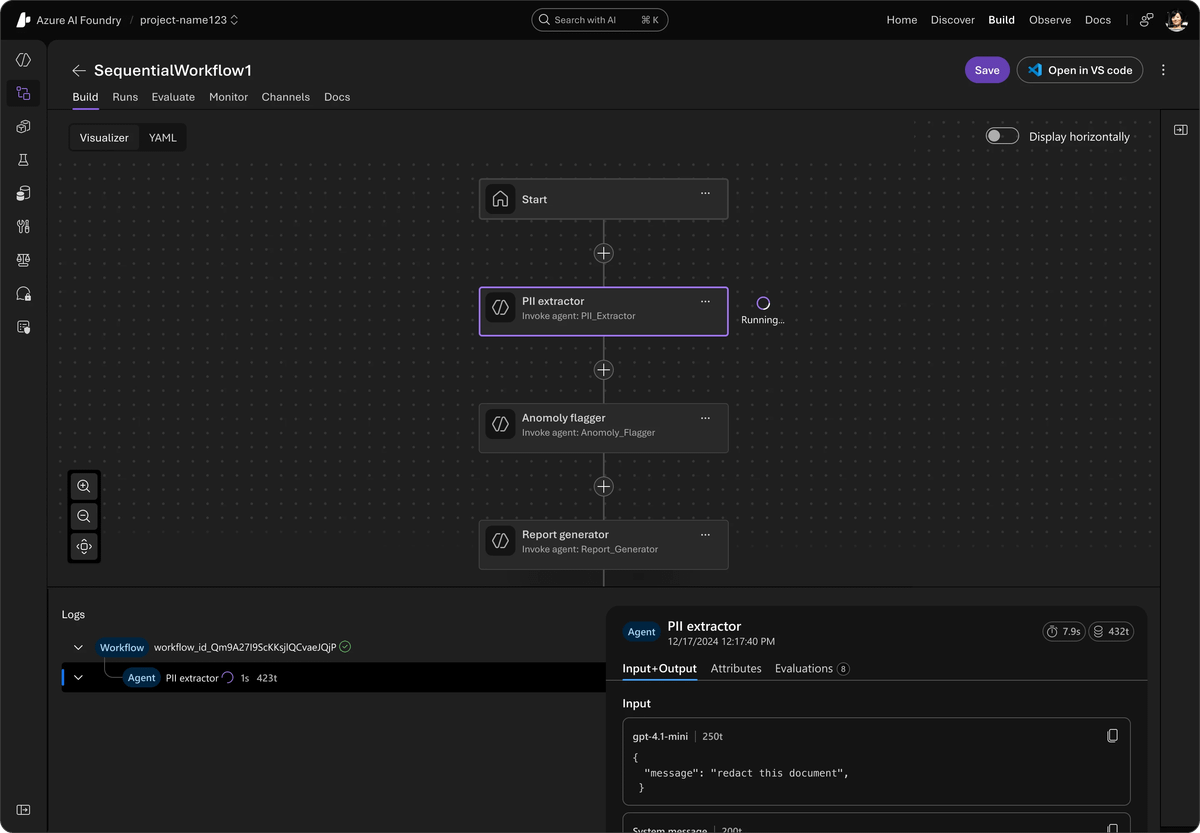
AI21 Labs Releases Jamba 3B, Small Model Outperforms Competitors: AI21 Labs has launched Jamba 3B, an MoE model with only 3 billion parameters, demonstrating excellent performance in both quality and speed, especially in long-context processing. The model maintains a generation speed of approximately 40 t/s on Mac, even with contexts exceeding 32K, significantly outperforming Qwen 3 4B and Llama 3.2 3B. Jamba 3B scores higher on intelligence benchmarks than Gemma 3 4B and Phi-4 Mini, and maintains full inference capability at 256K context, showcasing the immense potential of small models for edge AI and on-device deployment. (Source: Reddit r/LocalLLaMA)
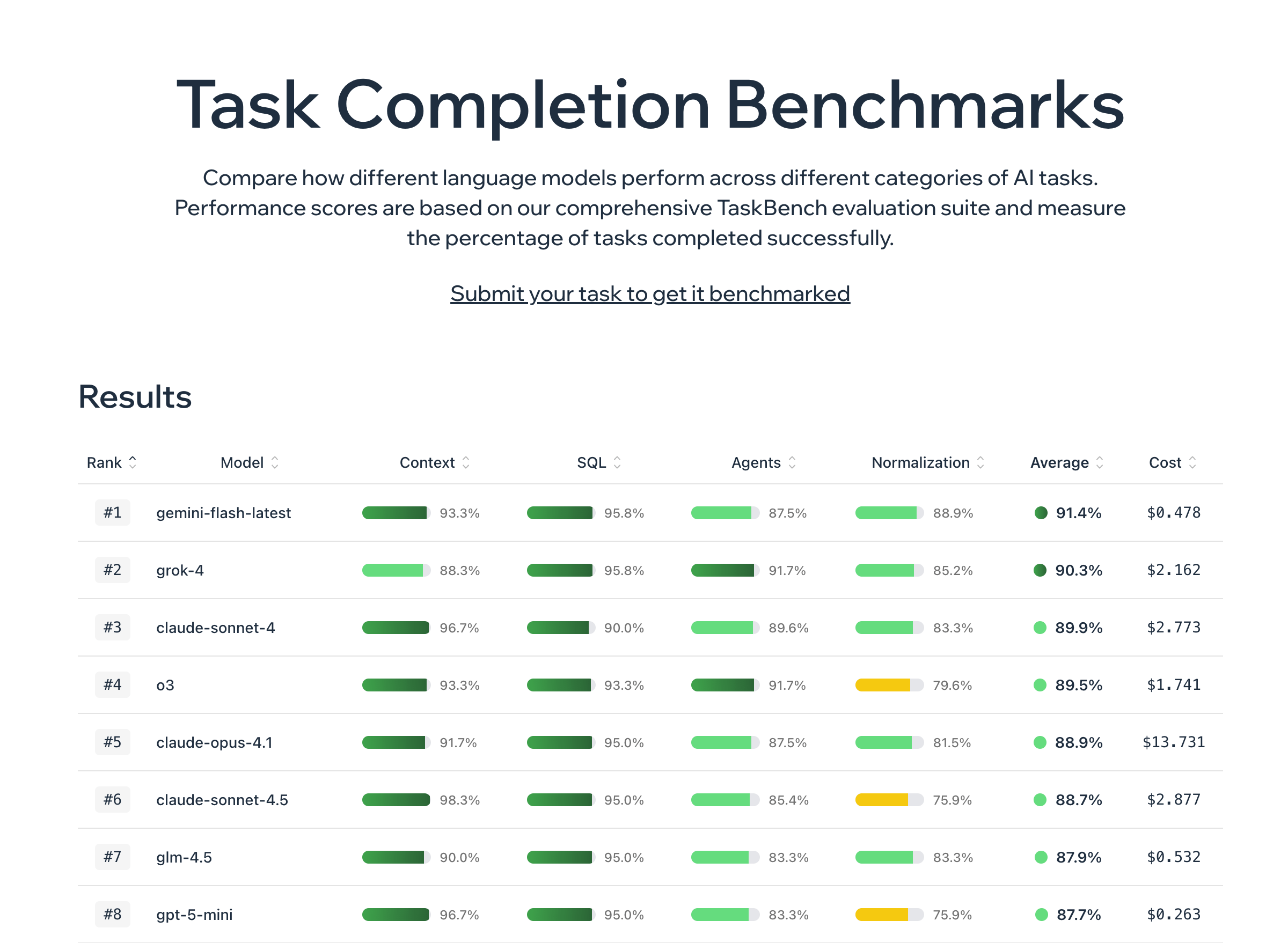
HuggingFace Community Sees Rapid Growth, Adding a Million Repositories in 90 Days: The HuggingFace community has added 1 million new model, dataset, and Space repositories in the past 90 days. It took six years to reach the first million repositories, meaning a new repository is created every 8 seconds. This growth is attributed to more efficient data transfer enabled by Xet technology, and the fact that 40% of repositories are private indicates a trend of internal enterprise use of HuggingFace for model and data sharing. The community’s goal is to reach 10 million repositories, signaling the thriving development of the open-source AI ecosystem. (Source: Teknium1, reach_vb)
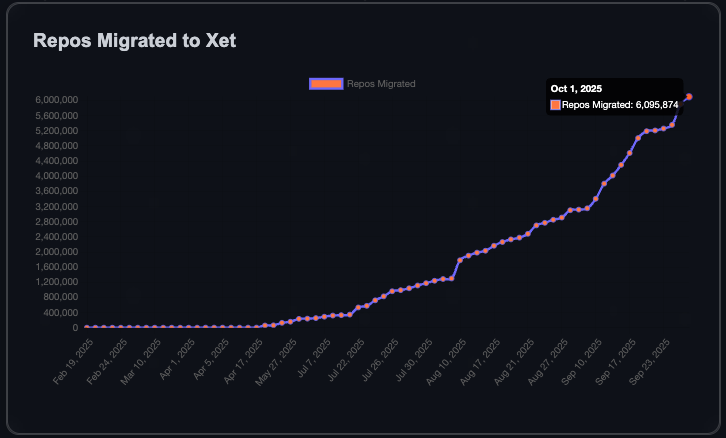
OpenAI GPT-5 Demonstrates Breakthrough Capabilities in Scientific Research: OpenAI’s GPT-5 model has crossed a significant threshold, with scientists successfully leveraging it for original research in fields such as mathematics, physics, biology, and computer science. This advancement indicates that GPT-5 can not only answer questions but also guide and execute complex scientific explorations, greatly accelerating the research process. Some researchers have stated that after the release of GPT-5 Thinking and GPT-5 Pro, it is no longer reasonable to conduct scientific research without consulting them. (Source: tokenbender)
Ling-1T: Trillion-Parameter Open-Source Inference Model Released: Ling-1T, the flagship model of the Ling 2.0 series, boasts 1 trillion total parameters, with approximately 50 billion active parameters per token, trained on 20 trillion+ inference-intensive tokens. The model achieves scalable inference through the Evo-CoT curriculum and Linguistics-Unit RL, demonstrating a strong efficiency-accuracy balance on complex reasoning tasks. It also features advanced visual understanding and front-end code generation capabilities, and can achieve tool use with approximately 70% success rate, marking a new milestone for open-source trillion-scale intelligence. (Source: scaling01, TheZachMueller)
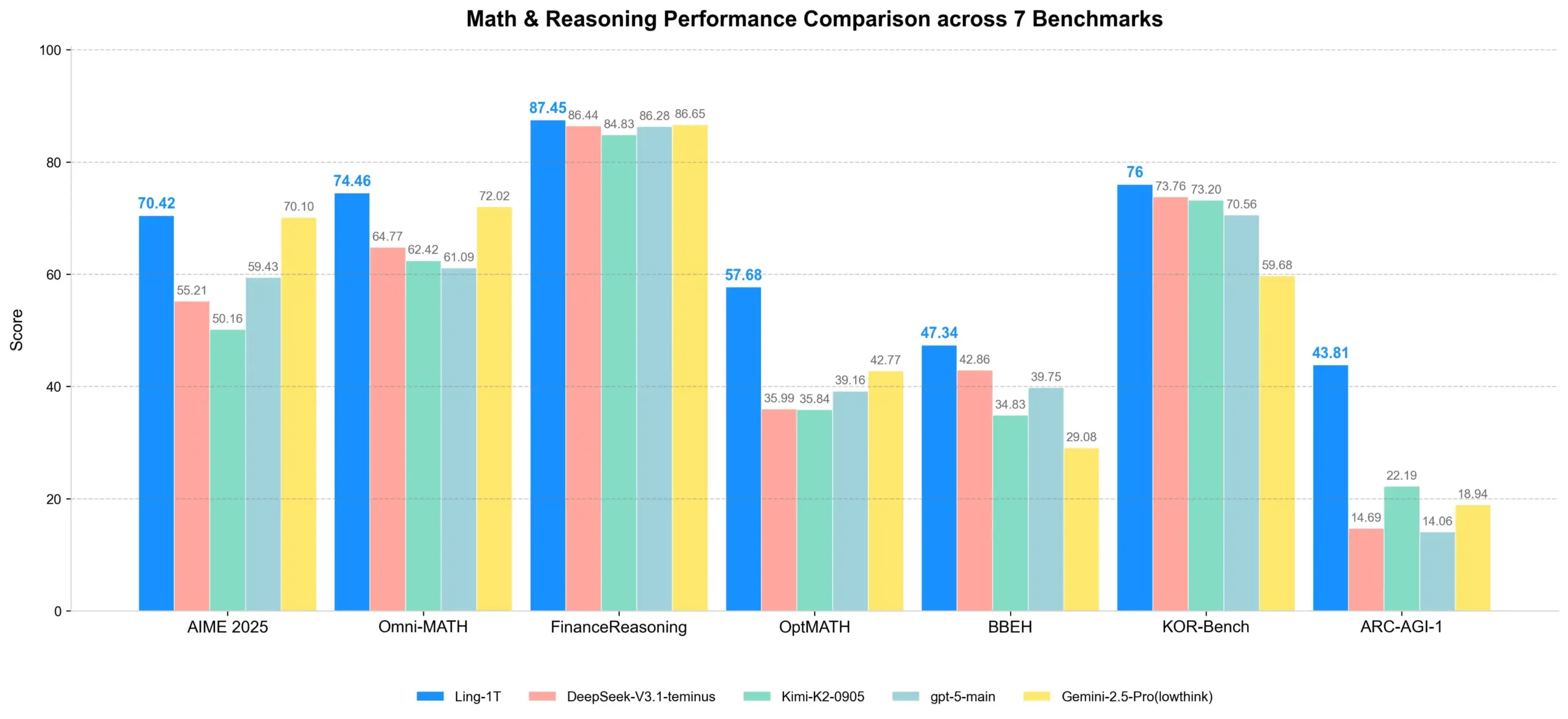
Meta Ray-Ban Display Redefines Human-Computer Interaction and Learning: Meta Ray-Ban Display smart glasses integrate learning and translation features into daily wear, offering “invisible translation” and “instant visual learning” experiences. Conversation subtitles are displayed directly on the lenses, and users can obtain information about landmarks or artworks simply by looking at them. Furthermore, gesture control is enabled via the Neural Band, allowing operation without a phone. This technology is poised to reshape how we interact with the world, learn, and connect, marking a new beginning for human-centric computing. (Source: Ronald_vanLoon)
🧰 Tools
Synthesia Launches Copilot, Empowering Professional AI Video Editing: Synthesia has released Copilot, a professional AI video editor. This tool can quickly write scripts, connect to knowledge bases, and intelligently recommend visual assets, much like having a colleague who deeply understands the business and the Synthesia platform. Copilot aims to streamline the video production process, lower the barrier to professional video creation, and provide efficient, personalized AI video solutions for businesses and content creators. (Source: synthesiaIO, synthesiaIO)
GLIF Agent Uses Sora 2 to Recreate and Customize Viral Videos: GLIF has developed an Agent capable of recreating any viral video using the Sora 2 model. The Agent first analyzes the original video, then generates detailed prompts based on the analysis. Users can collaborate with the Agent to customize these prompts, creating highly personalized AI-generated videos. This technology is expected to provide powerful video production and re-creation capabilities in content creation and marketing. (Source: fabianstelzer)
Cloudflare AI Search Partners with GroqInc to Launch “Document Chat” Template: Cloudflare AI Search (formerly AutoRAG) has partnered with GroqInc to release a new open-source “Document Chat” template. This template combines Groq’s inference engine with AI Search, enabling users to more easily add conversational AI capabilities to documents for real-time Q&A and interaction with document content. This integration will enhance the efficiency of document retrieval and information access. (Source: JonathanRoss321)
HuggingFace Introduces In-Browser GGUF Editing Feature: HuggingFace now supports direct in-browser editing of GGUF model metadata without needing to download the full model. This feature, enabled by Xet technology, allows for partial file updates, greatly simplifying model management and iteration processes, and improving developer efficiency on the HuggingFace platform. (Source: reach_vb)
LangChain and LangGraph Release v1.0 Alpha, Seeking Developer Feedback: LangChain and LangGraph have released v1.0 Alpha, introducing new Agent middleware APIs, standard output/content blocks, and significant API updates. The team is actively inviting developers to test the new version and provide feedback to further refine their AI agent development framework and drive the creation of more powerful AI applications. (Source: LangChainAI)
NeuML Releases ColBERT Nano Series of Micro Models, Under One Million Parameters: NeuML has released the ColBERT Nano series of models, all with fewer than 1 million parameters (250K, 450K, 950K). These micro models demonstrate astonishing performance in “Late interaction” mode, proving that even extremely small models can achieve good results on specific tasks, providing efficient solutions for AI deployment in resource-constrained environments. (Source: lateinteraction, lateinteraction)
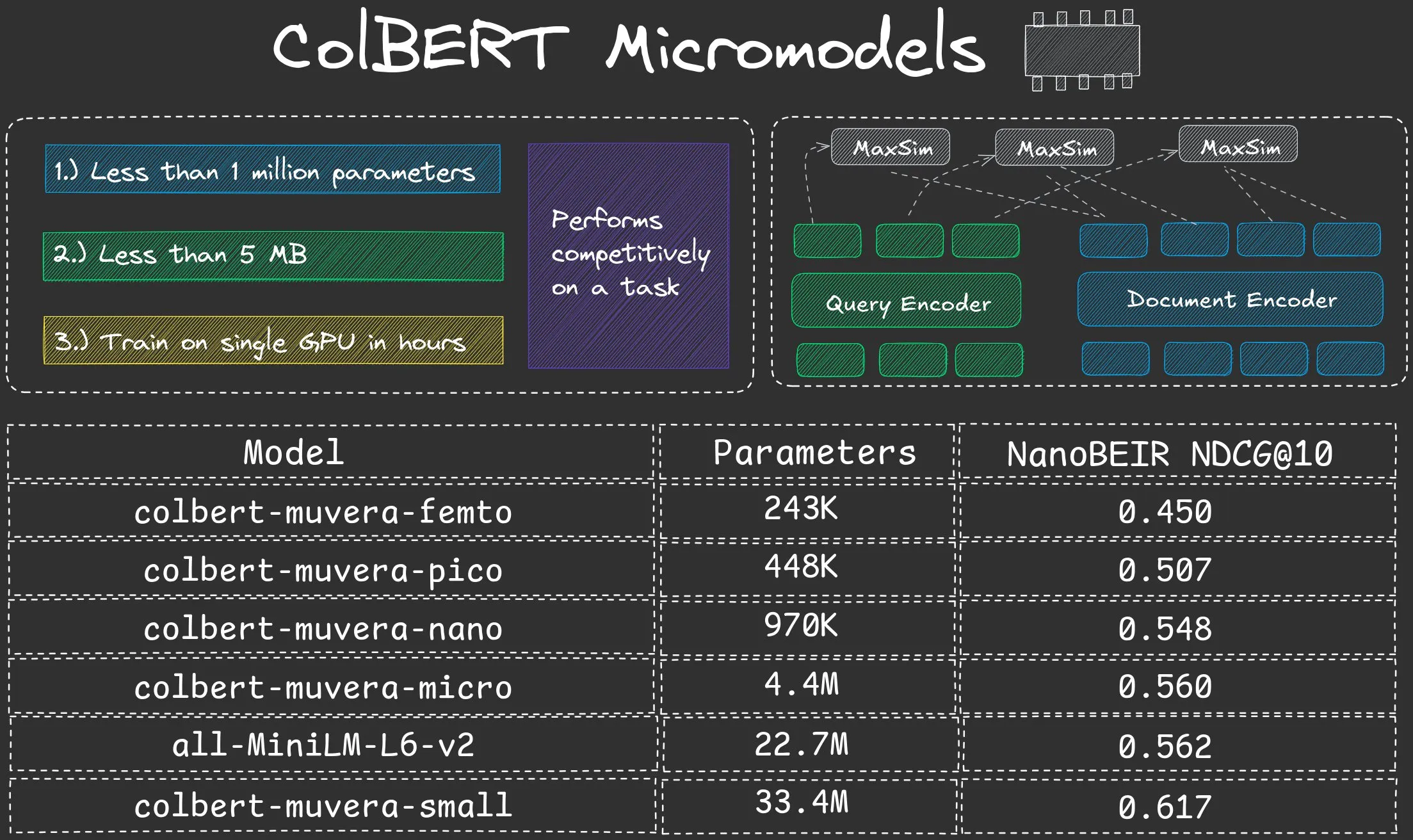
Google Senior Engineering Director Shares “Agent Design Patterns”: A Google Senior Engineering Director has freely shared “Agent Design Patterns,” offering the first systematic set of design principles and best practices for the burgeoning AI Agent field. This resource aims to help developers better understand and build AI agents, filling a gap in systematic guidance for the domain, and is expected to become a crucial reference for AI Agent developers. (Source: dotey)
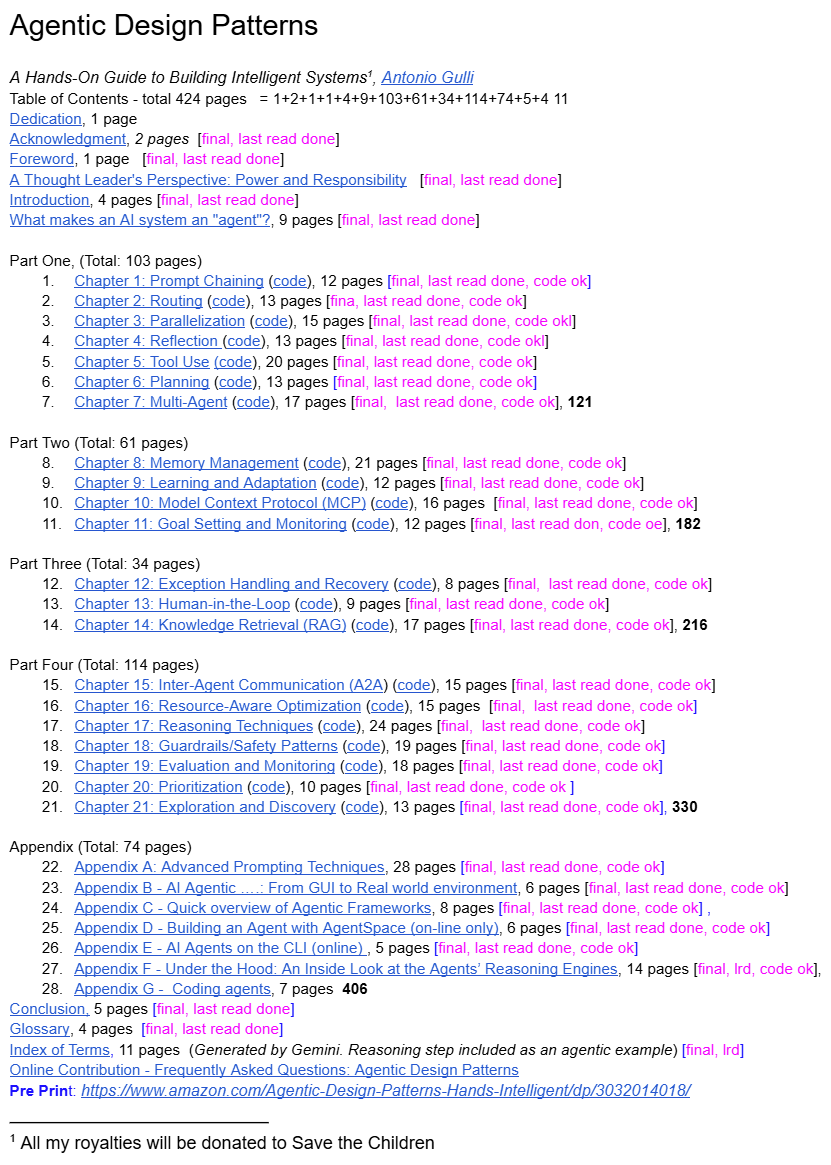
📚 Learning
Research on LLM Hallucinations and Safety Alignment Mechanisms: From Internal Origins to Mitigation Strategies: Research reveals that LLM inference models may exhibit a “refusal cliff” phenomenon, where the intent to refuse sharply declines before generating the final output. Using the DST framework, researchers uncovered that hallucinations become inevitable at specific “commitment layers” within the model. They propose HalluGuard, a small inference model, to mitigate RAG hallucinations by integrating clinical signals and data optimization, offering mechanistic explanations and practical strategies for LLM safety alignment and hallucination reduction. (Source: HuggingFace Daily Papers, HuggingFace Daily Papers, HuggingFace Daily Papers)
ASPO Optimizes LLM Reinforcement Learning, Addressing IS Ratio Mismatch: ASPO (Asymmetric Importance Sampling Policy Optimization) is a novel LLM post-training method that resolves the fundamental flaw of positive advantage token Importance Sampling (IS) ratio mismatch in traditional reinforcement learning. By flipping the IS ratio for positive advantage tokens and introducing a soft dual-clipping mechanism, ASPO can more stably update low-probability tokens, mitigate premature convergence, and significantly boost performance on coding and mathematical reasoning benchmarks. (Source: HuggingFace Daily Papers)
Fathom-DeepResearch: An Agent System for Long-Horizon Information Retrieval and Synthesis: Fathom-DeepResearch is an agent system composed of Fathom-Search-4B and Fathom-Synthesizer-4B, designed for complex, open-ended information retrieval tasks. Fathom-Search-4B achieves real-time web search and webpage querying through multi-agent self-play datasets and reinforcement learning optimization. Fathom-Synthesizer-4B then transforms multi-round search results into structured reports. The system performs exceptionally well on multiple benchmarks and demonstrates strong generalization capabilities for reasoning tasks like HLE and AIME-25. (Source: HuggingFace Daily Papers)
AgentFlow: In-Flow Agent System Optimization for Efficient Planning and Tool Use: AgentFlow is a trainable in-flow agent framework that directly optimizes its planner within multi-round interaction loops by coordinating four modules: planner, executor, verifier, and generator. It employs Flow-based Group Refined Policy Optimization to address credit assignment problems in long-horizon, sparse-reward scenarios. Across ten benchmarks, AgentFlow, with a 7B backbone model, surpasses SOTA baselines, showing significant improvements in average accuracy across search, agent, mathematical, and scientific tasks, even outperforming GPT-4o. (Source: HuggingFace Daily Papers)
Systematic Study on the Impact of Code Data on LLM Reasoning Capabilities: Research explores how code data enhances LLM reasoning capabilities through a systematic, data-centric framework. By constructing parallel instruction datasets for ten programming languages and applying structural or semantic perturbations, it was found that LLMs are more sensitive to structural perturbations than semantic ones, especially in mathematical and coding tasks. Pseudocode and flowcharts are as effective as code, and syntactic style also influences task-specific gains (Python benefits natural language inference, while Java/Rust benefit mathematics). (Source: HuggingFace Daily Papers)
DeepEvolve: A Scientific Algorithm Discovery Agent Fusing Deep Research and Algorithmic Evolution: DeepEvolve is an agent that combines deep research with algorithmic evolution, discovering scientific algorithms through external knowledge retrieval, cross-file code editing, and systematic debugging within a feedback-driven iterative loop. It not only proposes new hypotheses but also refines, implements, and tests them, avoiding superficial improvements and ineffective over-refinement. Across nine benchmarks in chemistry, mathematics, biology, materials, and patents, DeepEvolve continuously improves initial algorithms, generating executable new algorithms and achieving sustained gains. (Source: HuggingFace Daily Papers)
AI/ML Learning Roadmap and Core Concepts: The community has shared a comprehensive learning path for AI, Machine Learning, and Deep Learning, covering various aspects from fundamental concepts to advanced techniques (such as Agentic AI, LLM generative parameters). These resources aim to provide structured learning guidance for professionals looking to enter or deepen their knowledge in the AI/ML field, helping them master end-to-end skills from model development to deployment and operations, and understand how AI drives industry transformation. (Source: Ronald_vanLoon, Ronald_vanLoon, Ronald_vanLoon, Ronald_vanLoon, Ronald_vanLoon, Ronald_vanLoon, Ronald_vanLoon, Ronald_vanLoon, Ronald_vanLoon)
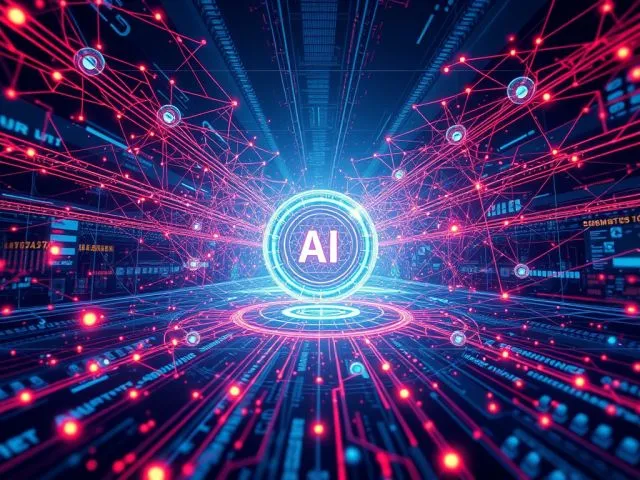
AI Benchmarks and Learning Resources: HLE, Conferences, and GPU Cost Management: The community discussed several AI learning and practical resources. CAIS released a dynamically updated “Humanity’s Last Exam” benchmark to adapt to improving model performance. Additionally, a guide for attending machine learning conferences and strategies for low-cost LLM development, including pay-as-you-go GPUs and running small models locally, were provided. Furthermore, the GPU Mode Hackathon offered a platform for developers to learn and exchange ideas. (Source: clefourrier, Reddit r/MachineLearning, Reddit r/MachineLearning, Reddit r/MachineLearning, danielhanchen)
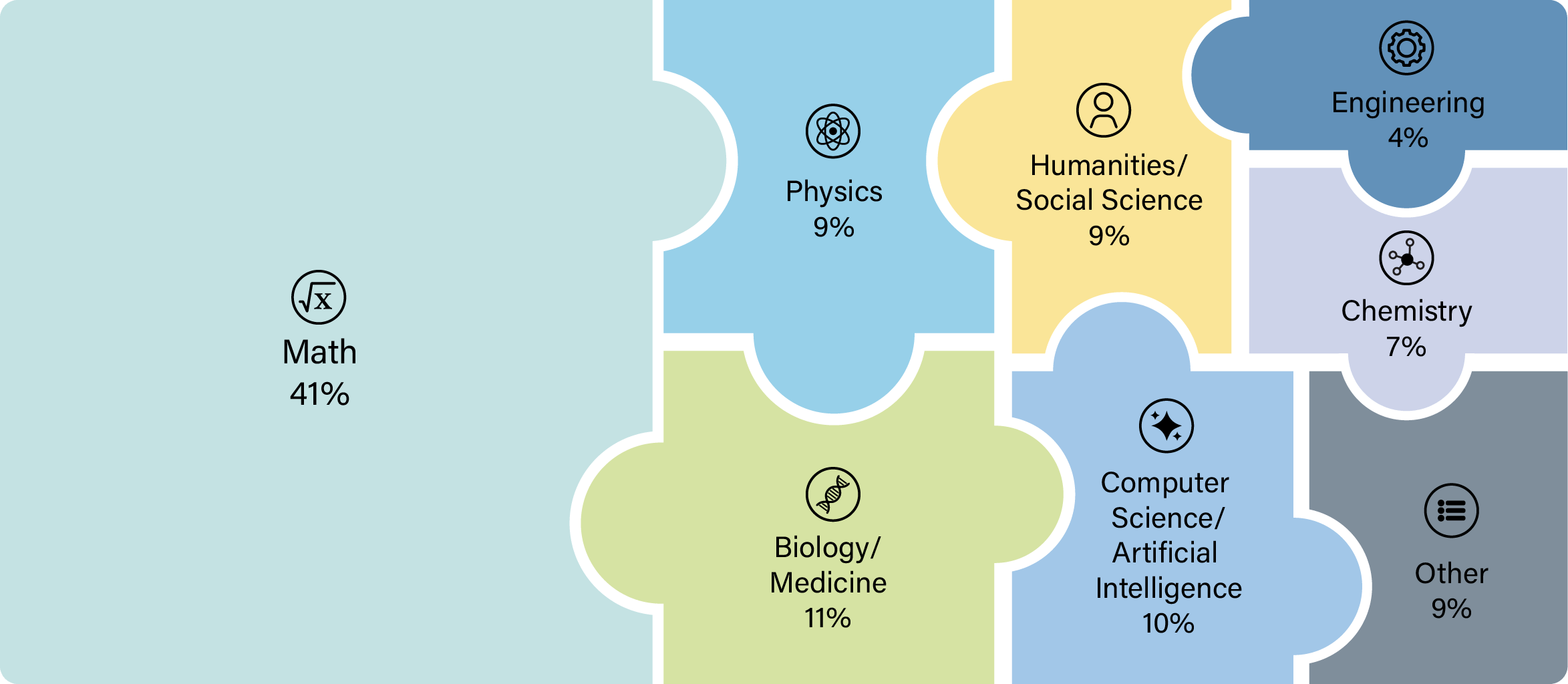
OneFlow: Concurrent Mixed-Modality and Interleaved Generative Model: OneFlow is the first non-autoregressive multimodal model supporting variable-length and concurrent mixed-modality generation. It combines an in-filling editing flow for discrete text tokens with a flow matching for image latent spaces. OneFlow achieves concurrent text-image synthesis through hierarchical sampling, prioritizing content over grammar. Experiments show that OneFlow outperforms autoregressive baselines on both generation and understanding tasks, reducing training FLOPs by up to 50%, and unlocking new capabilities for concurrent generation, iterative refinement, and natural inference-style generation. (Source: HuggingFace Daily Papers)
Equilibrium Matching: A Generative Modeling Framework Based on Implicit Energy Models: Equilibrium Matching (EqM) is a new generative modeling framework that departs from the non-equilibrium, time-conditioned dynamics of traditional diffusion and flow models, instead learning the equilibrium gradients of an implicit energy landscape. EqM employs an optimization-based sampling process, sampling on the learned landscape via gradient descent, achieving SOTA performance with ImageNet 256×256 FID 1.90, and naturally handling tasks such as partial denoising, OOD detection, and image synthesis. (Source: HuggingFace Daily Papers)
💼 Business
OpenAI and AMD Ink Multi-Billion Dollar Chip Partnership, Challenging NVIDIA’s Dominance: OpenAI has signed a five-year, multi-billion dollar chip partnership agreement with AMD, aiming to challenge NVIDIA’s dominant position in the AI chip market. This move is part of OpenAI’s strategy to diversify its chip supply, having previously also partnered with NVIDIA. This agreement underscores the immense demand for high-performance computing hardware in the AI industry and the pursuit of supply chain diversity. (Source: MIT Technology Review)
OpenAI Top Customer List Leaked, 30 Companies Consuming Trillions of Tokens: A list, purportedly of OpenAI’s top customers, has circulated online, showing that 30 companies have processed over a trillion tokens through its models. This list (including Duolingo, OpenRouter, Salesforce, Canva, Perplexity, etc.) reveals the rapid formation of the AI inference economy and showcases four main types of players: AI-native builders, AI integrators, AI infrastructure providers, and vertical AI solution providers. Token consumption is being seen as a new benchmark for measuring the true value and business progress of AI applications. (Source: Reddit r/ArtificialInteligence, 量子位)
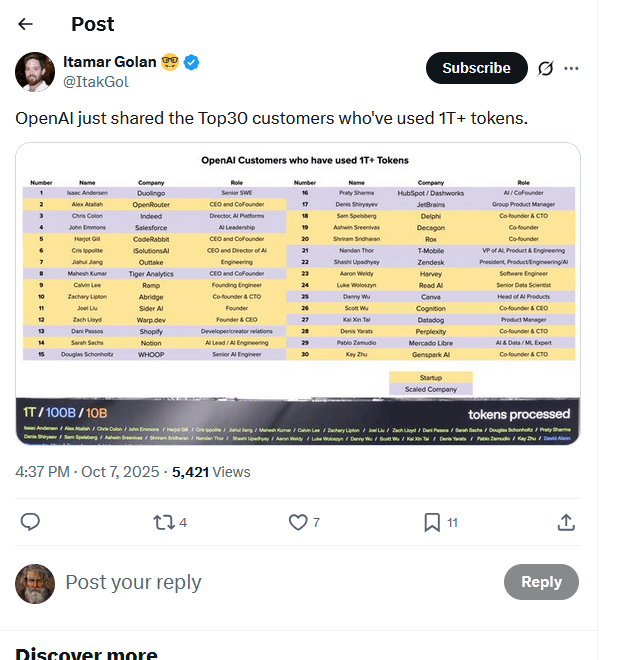
Singapore Becomes AI Development Copyright Safe Harbor, Attracting Global AI Companies: Singapore has amended its Copyright Act, introducing a computational analysis defense clause that explicitly stipulates that computational data analysis conducted to improve AI systems is exempt from copyright infringement, even preventing contractual override. This move aims to establish Singapore as the world’s most attractive location for AI model development, drawing investment and innovation, in stark contrast to the cautious approach to AI copyright in regions like Europe and the US. Although the protection is limited to Singapore, it provides significant assurance for foundational model development. (Source: Reddit r/ArtificialInteligence)
🌟 Community
AI Industry Funding Deals and Bubble Concerns: Social media has seen skepticism regarding AI industry funding deals, with many believing that numerous transactions sound more like attempts to artificially inflate stock prices rather than being based on actual value. Comments suggest that many AI products have not shown practical application effects in local or regional markets, with businesses instead complaining about ineffective AI products. This phenomenon is interpreted as market hype rather than genuine capital formation and spillover effects. Concurrently, there’s a “hype or future” debate surrounding the application of AI digital twins in marketing. (Source: Reddit r/ArtificialInteligence, Reddit r/ArtificialInteligence)

ChatGPT Content Moderation and User Experience Controversy: ChatGPT users are complaining about overly strict content moderation on the platform, with simple recipe requests or character embraces being flagged as “sexual content,” while violent content goes unnoticed. Users believe ChatGPT has become “garbage” and “overprotective,” questioning whether OpenAI has lost its top talent. Additionally, users have reported issues with LaTeX rendering in the ChatGPT App. This has led some users to cancel subscriptions, calling on OpenAI to stop stifling creativity. (Source: Reddit r/ChatGPT, Reddit r/ChatGPT, Reddit r/ChatGPT, jeremyphoward)

AI Content Backlash and Creator Concerns: As AI-generated content becomes increasingly prevalent, strong anti-AI sentiment has emerged, particularly in the arts and creative fields. Prominent creators like YouTuber MrBeast have expressed concerns that AI videos could threaten the livelihoods of millions of creators. Taylor Swift’s fans also criticized her AI-generated promotional video as “cheap and crude.” This backlash reflects creators’ anxiety about AI technology impacting traditional industries and their focus on content quality and authenticity. (Source: Reddit r/artificial, MIT Technology Review)
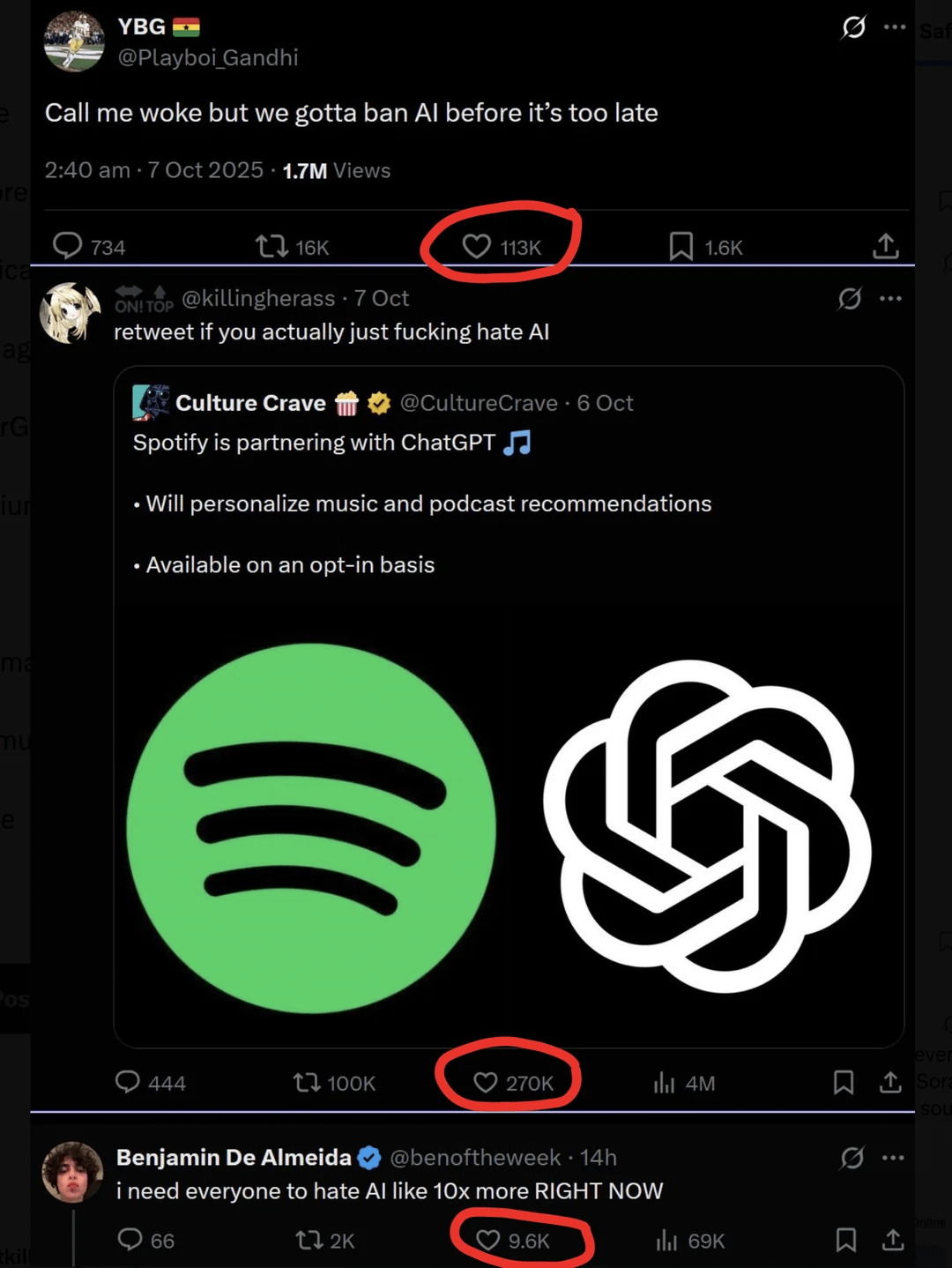
AI Application Challenges and Prospects in Gaming: The community discussed the powerful, creative, engaging, and dynamic characteristics of AI technology, but questioned why no popular game has yet widely adopted AI. Some believe AI is already widely used in development, but running AI models locally is costly, and game developers tend to control narratives. Others suggest that developers focus only on traditional blockbusters, neglecting new creative ideas. This reflects the technical, cost, and creative challenges AI faces in being implemented in the gaming sector. (Source: Reddit r/artificial)
Perplexity’s Utility in AI Search Highlighted by Cristiano Ronaldo’s Use Case: Football superstar Cristiano Ronaldo used the AI search tool Perplexity while preparing for his Prestige Globe Award speech. He stated that Perplexity helped him understand the award’s significance and overcome nervousness. This event was widely publicized by Perplexity’s official channels and social media, underscoring the practical value of AI search in providing fast, accurate information, and its promotional potential through celebrity endorsement. (Source: AravSrinivas, AravSrinivas)
Google AI Research Receives Nobel Prizes Amidst Controversy: Google has received three Nobel Prizes within two years, including for Demis Hassabis (AlphaFold) and Geoff Hinton (AI). This achievement is seen as a testament to Google’s long-term research investment and ambition. However, Jürgen Schmidhuber has raised questions about plagiarism in the 2024 Nobel Prize in Physics, arguing that the recognized work highly overlaps with earlier research and was not properly cited, sparking discussions about academic ethics and attribution in the AI field. (Source: Yuchenj_UW, SchmidhuberAI, SchmidhuberAI)
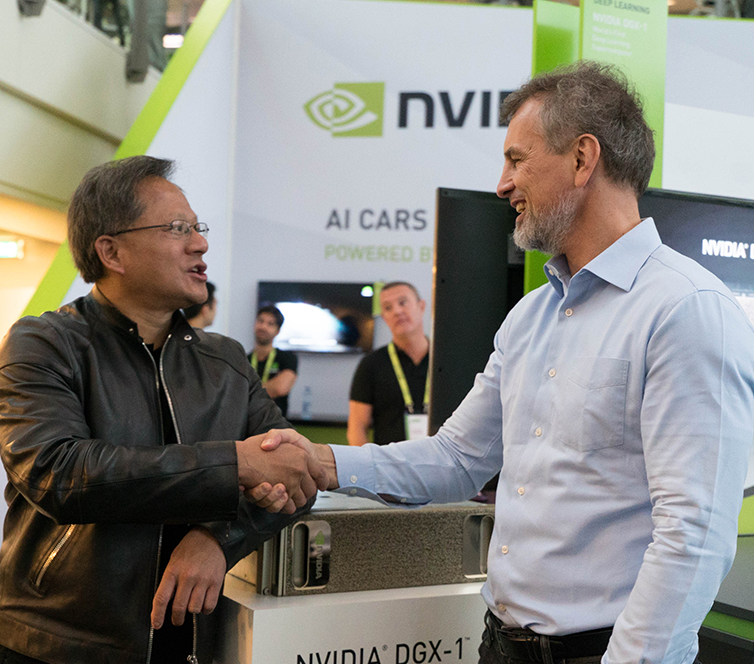
Philosophical Debate on AI Computing Needs and AGI/ASI Realization Path: Regarding the vast computational resources required for AI video generation, some argue that this immense investment, driven by real-world demand, paradoxically indicates that Artificial General Intelligence (AGI) and Artificial Superintelligence (ASI) remain distant fantasies. This discussion reflects industry contemplation on AI’s development trajectory: whether current AI successes in specific applications might divert resources, delaying the achievement of grander goals. Concurrently, Richard Sutton emphasizes that the essence of learning is active agent behavior, not passive training. (Source: fabianstelzer, Plinz, dwarkesh_sp)
AI’s Impact on the Labor Market: PhD Data Annotator Hourly Wages Decline: Social media discussions indicate that due to an oversupply of PhD data annotators, their hourly wages have dropped from $100/hour to $50/hour. Previously, OpenAI had hired PhDs for data annotation at $100/hour. This phenomenon reflects intensified competition in the AI data annotation market and changes in the demand for high-quality data annotation talent. (Source: teortaxesTex)
AI-Assisted Software Engineer Tools Secure Funding and Impact on Profession: Relace, a startup focused on providing tools for AI-driven software engineers, has secured $23 million in Series A funding led by Andreessen Horowitz. This signifies the AI toolchain’s expansion into deeper areas of AI autonomous development. Concurrently, engineers have discussed how AI coding tools are changing their workflows, believing that while proficiency with AI tools is important, human creativity and problem-solving abilities remain core values. (Source: steph_palazzolo, kylebrussell)

The Rise and Fall of Vibe Coding Culture: Social media has seen discussions about the emergence and decline of “Vibe Coding.” Some consider Vibe Coding a way to program in a relaxed atmosphere, while others believe it has “died out.” Related discussions also touched upon AI-generated content like “Bob Ross vibe coding,” reflecting the developer community’s exploration and reflection on programming culture and AI-assisted coding methods. (Source: arohan, Ronald_vanLoon, nptacek)
💡 Other
US Government May Cancel Billions in Funding for Carbon Capture Plants: The US Department of Energy may terminate billions of dollars in funding for two large direct air carbon capture plants. These projects were originally slated to receive over $1 billion in government grants but are currently facing a “termination” status. Although the Department of Energy states no final decision has been made, and it has previously terminated over 200 projects to save $7.5 billion, this uncertainty has raised industry concerns about the development of US climate technology and international competitiveness. (Source: MIT Technology Review)
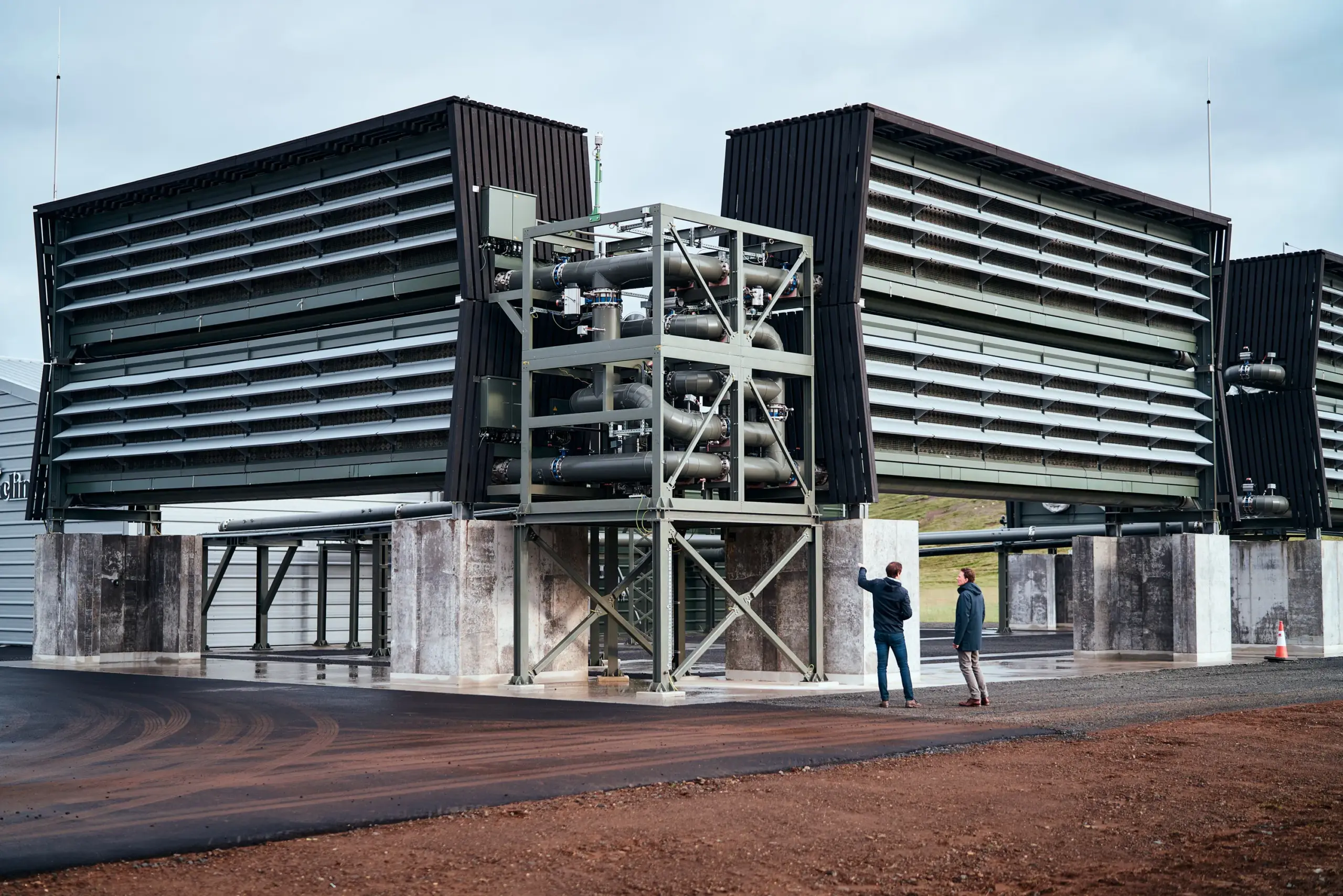
New Advances in Robotics: From Flexible Wrists to Bionic Beetles and Humanoid Robots: The field of robotics has seen multiple advancements. A new parallel robotic wrist achieves flexible, human-like movements in confined spaces, enhancing operational precision. Concurrently, researchers are developing bionic robotic beetles carrying backpacks, intended for disaster search and rescue. Furthermore, reports have shown humanoid robots interacting with motorcycles, demonstrating the capability of bionic technology in simulating human behavior. These developments collectively push the boundaries of robotics in complex environment adaptability and human-robot interaction. (Source: Ronald_vanLoon, Ronald_vanLoon, Ronald_vanLoon)
